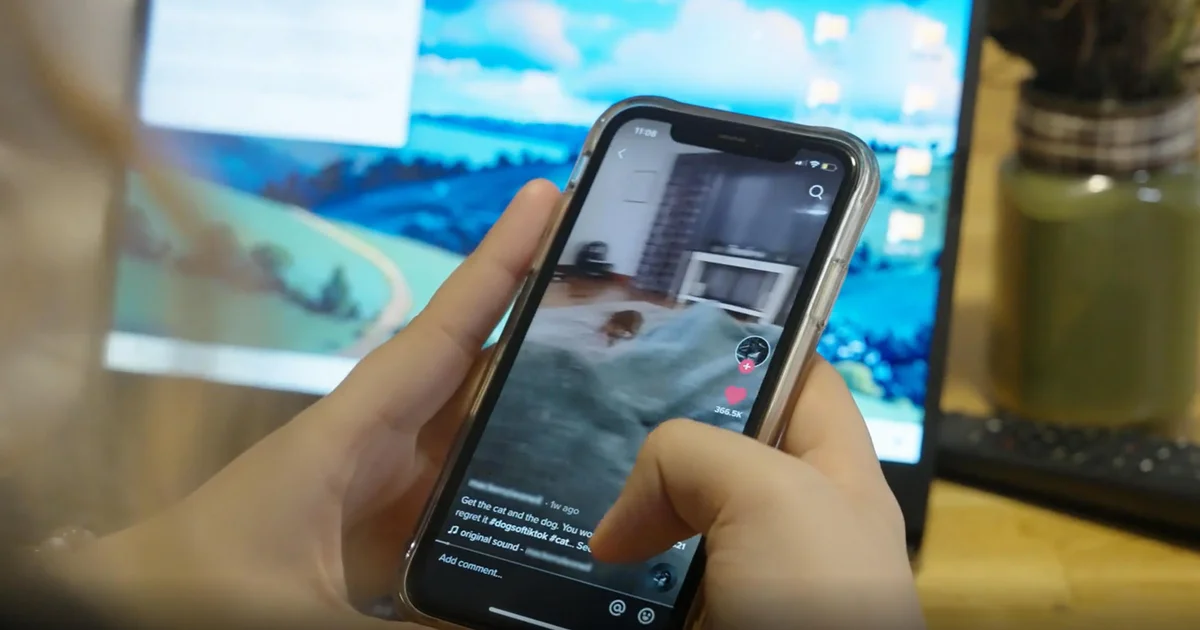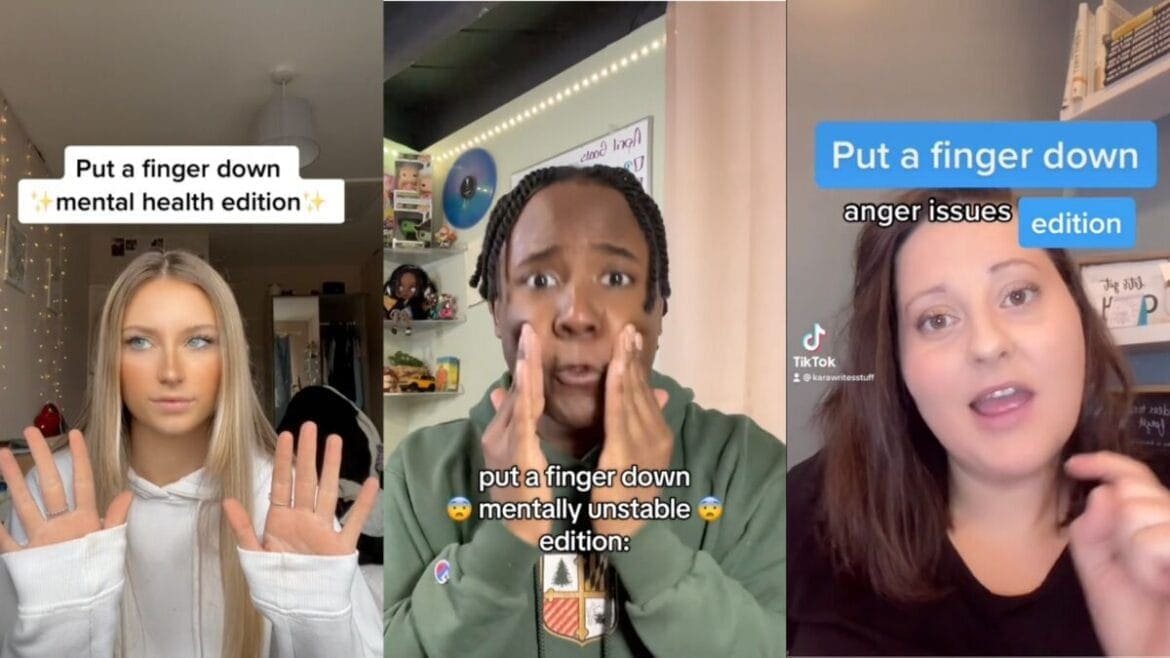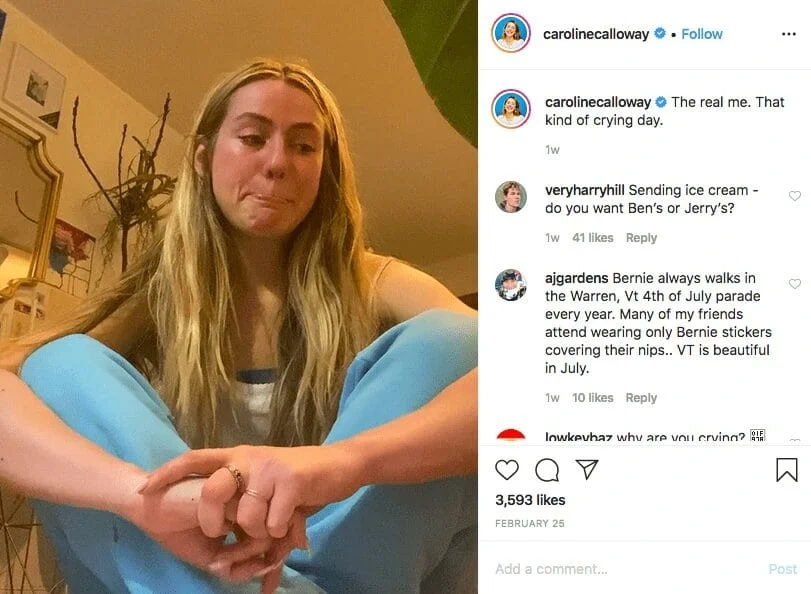How Gen Z Trends Are Rebranding Everything, Even Trauma

What does it mean when trauma trends? Gen Z is no longer just talking about pain; they’re rebranding it. In a scroll-heavy world where humor, healing, and hashtags collide, deeply personal experiences like trauma are getting a makeover through memes, aesthetics, and viral content.
From mental breakdown memes to curated “sad girl” Spotify playlists, this generation is flipping the narrative on vulnerability. But is this a form of empowerment or just another internet performance?
Recent studies back this digital shift. As Shelby Crosier (2024) from Emory University’s Rollins School of Public Health explains, Gen Z is a generation raised on the internet, navigating algorithms, forging digital communities, and facing an unprecedented mental health crisis. Since 2011, rates of depression and anxiety among teens have sharply risen, with nearly one in three high school students reporting poor mental health in 2021. In this context, Gen Z’s openness about trauma and mental health online isn’t just cultural, it’s survival.
Let’s dive into how Gen Z is reframing identity, wellness, and even pain, and what that says about the broader cultural shift.
How Gen Z Uses Humor and Aesthetics to Say the Hard Stuff

Gen Z isn’t just following the conversation; they’re reinventing how it happens. This generation prefers layered, self-aware messaging that blends sincerity with sarcasm, trauma with memes, and healing with humor.
This isn’t accidental. It’s a reflection of how Gen Z has come to understand and express mental health, largely shaped by their digital environments.
According to recent data on the impact of social media on mental health, 57% of Gen Z report learning key terms like “gaslighting” or “toxic” online, far more than any other generation. Nearly half say they’re “constantly connected,” and over half have turned to social media for mental health advice rather than traditional sources.
When Gen Z posts “having a mental breakdown lol” or a crying selfie with a dreamy filter, it’s not careless; it’s adaptive. These are visual shortcuts for saying “I’m not okay” in a chaotic, always-on world.
Trauma as a Gen Z Trends? Or Just a New Language?
To outsiders, Gen Z’s trauma-posting through memes, aesthetics, and TikTok may seem like oversharing or even performance. But beneath the irony is something more grounded: a digital way of working through pain.
By making mental health language accessible and relatable, Gen Z is breaking down stigma. Terms like “gaslighting” and “inner child healing” now exist in everyday conversation, not just therapy rooms.
Still, this shift isn’t entirely new. The online trauma response isn’t unique to Gen Z; it echoes how past generations expressed pain, just on different platforms.
For Millennials, processing emotion often meant privacy, handwritten journals, Tumblr blogs, or long-form confessions that lived behind passwords and anonymity. Gen Z, by contrast, has normalized public processing, posting breakdown memes or candid videos in real time, inviting community feedback instead of solitary reflection. What Millennials kept in notebooks, Gen Z turns into shared content, transforming introspection into collective healing.
What’s different now is the tone: Gen Z uses irony, aesthetics, and humor to navigate suffering, and in doing so, they’re building a language that feels honest, not polished.
Why Rebranding Trauma Is One of the Biggest Gen Z Trends

This section shows how Gen Z reshapes language to soften stigma, turning once-taboo topics into everyday expressions of growth and identity.
At its core, rebranding is about transformation, taking something misunderstood or stigmatized and giving it a new tone, shape, and meaning. For Gen Z, this isn’t just a marketing trick; it’s second nature.
They’ve reimagined everything from burnout to failure, recasting discomfort as identity, growth, or even humor. What might have once been labeled as weakness is now worn with irony or pride.
| Old Label | Gen Z Rebrand |
| Burnout | Soft quitting/boundaries culture |
| Therapy | Self-investment / emotional glow-up |
| Anxiety | Quirky relatability (“high-functioning anxious girlies”) |
| Failure | Character development |
| Oversharing | “Main character energy” |
Even trauma, once hidden, is now part of the conversation. From TikTok humor to “healing era” memes, Gen Z is de-stigmatizing pain-sharing coping tools alongside confessions and turning emotional content into collective care. It’s not about oversharing; it’s about reclaiming the narrative and redefining openness on their terms.
Gen Z, Hyper-Visibility, and the New Rules of Vulnerability

For Gen Z, visibility isn’t vanity, it’s a form of survival. Unlike previous generations that often internalized pain or kept therapy behind closed doors, Gen Z has grown up in a world where emotional processing happens in public.
Whether it’s a dark-humor meme on Reddit, a confessional in a Close Friends Instagram story, or a venting session on a Discord server, Gen Z is expressing trauma publicly but on their terms.
This is a generation raised in the slipstream of likes, shares, and algorithmic affirmation, where identity is shaped and reshaped in real time. Gen Z’s unique relationship with social media and mental health has shaped new norms for how emotional pain is expressed and consumed online. A crying selfie might not be a cry for help, but a snapshot of resilience, a moment of coherence in the chaos.
By narrating trauma in digital spaces, Gen Z blurs the line between coping and content, but for many, that blurred line is exactly where the healing starts.
Platforms and Pain: How TikTok, X, and More Shape Emotional Aesthetics
Social media functions as an emotional ecosystem where Gen Z’s inner world gets stylized, shared, and reshaped.
On TikTok, trauma is translated into bite-sized narratives, delivered with irony or aesthetic flair. Monologues about childhood wounds circulate widely, parodies of “therapy speak” entertain and enlighten, and audio trends romanticize sadness, making pain performative yet palatable.
Meanwhile, Pinterest transforms emotion into visual identity. Moodboards map inner states, with “emotional regulation” often shown as calming color palettes and soft textures, creating a shared aesthetic centered on comfort and self-care.
How Social Media Actively Shapes Gen Z’s Emotional Expression
The influence of social media on how Gen Z navigates emotion isn’t passive; it actively shapes the language, form, and aesthetics of self-expression. Platforms don’t just reflect emotional experiences; they help construct them.
They offer new emotional literacies, teaching users to communicate feelings through memes, short videos, and visual aesthetics, creating a shared language around trauma and healing. Social media algorithms amplify certain emotional expressions, guiding which vulnerabilities become visible and normalized.
Moreover, digital spaces enable emotional co-construction: Gen Z’s identity and emotional experience are shaped through community feedback, performative expression, and aesthetic curation. In this way, platforms don’t just mirror feelings; they help build and shape how young people feel, express, and understand trauma and vulnerability in a social context.
The Ethics: Is It All Too Much?
There’s a thin line between reclaiming your story and turning it into a spectacle.
As trauma becomes aestheticized, critics raise concerns about deeper risks:
- Trauma performativity: Sharing pain can sometimes feel more like a performance than genuine processing.
- Comparison culture: Suffering turns into a competition, where “valid” pain is debated and measured.
- Desensitization: Constant exposure dulls empathy, reducing real anguish to background noise.
Still, dismissing these expressions outright overlooks how Gen Z is reshaping public notions of vulnerability and strength.
The real question isn’t whether trauma belongs online; it’s whether we’re creating space for authentic healing, or simply applying new filters to old wounds.
How to Respond: What Creators, Brands, and Educators Need to Know
If you’re working in marketing, mental health, education, or content creation, understanding Gen Z’s rebranding power is essential.
Here’s how to respond:
- Ditch the clichés: Avoid overused phrases like “It’s okay to not be okay” plastered on pastel backgrounds just to ride a trend. Instead, ask yourself, What does your audience truly need to hear right now? Go beyond aesthetics and deliver real value.
- Lead with honesty:
Share authentic stories with depth, not overly edited “struggle-then-success” narratives. For instance, a campaign could feature a creator candidly discussing their therapy journey, rather than simply highlighting their current success. - Support with Substance, Not Spectacle
It’s not enough to express empathy; audiences now expect tangible care. That means avoiding trauma for clicks and instead sharing real tools, like free mental health apps or peer-support platforms that offer actual relief, not just curated sympathy. - Offer action, not just empathy:
Whether building a course, campaign, or community, provide your audience with clear steps they can take. For example, a brand addressing burnout might offer a downloadable mental reset checklist rather than merely posting “Burnout is real.”
Gen Z doesn’t want brands or creators to be perfect; they want them to be real, reflective, and respectful.
A Generation Where Mental Health Matters
When a generation refuses to stay silent, the result is more than memes and viral videos; it’s a movement.
Gen Z isn’t simply sharing struggles for shock value. They’re reclaiming language, aesthetics, and humor to shine light on topics older generations often kept hidden. From ironic Instagram captions to unfiltered TikTok storytimes, they’ve turned digital platforms into emotional ecosystems where pain is acknowledged, named, and made less isolating.
Rebranding trauma isn’t a plea for attention; it’s a bold rewriting of the narrative. For Gen Z, survival is just the beginning; owning their story is the goal.
Whether you’re a creator, educator, brand, or someone trying to understand this cultural shift, here’s the key takeaway: Look beyond the trend and listen to the deeper message.
In a world still learning how to talk about mental health openly, Gen Z isn’t waiting for permission; they’re leading the conversation.
What do you think? Have you seen these shifts online or experienced them firsthand? Let’s talk, drop your thoughts, or share this with someone navigating the same digital emotional landscape.
FAQs: Understanding Gen Z’s Trauma Rebrand
1. Why is Gen Z called the “therapy generation”?
Gen Z has grown up in an era where conversations about mental health are more open and accessible, largely due to social media. They use therapy language casually and normalize discussions about anxiety, boundaries, and healing. This openness reflects not only increased awareness but also a cultural shift toward emotional literacy and collective care.
2. How does humor help Gen Z process trauma?
Humor acts as a coping tool, allowing Gen Z to reclaim control over difficult experiences. Through memes, ironic posts, and dark comedy, they create emotional distance from pain while building connection and solidarity. It’s not avoidance—it’s adaptation, using laughter to transform discomfort into dialogue.
3. Is “trauma posting” harmful or healing?
It can be both. For some, sharing personal pain online fosters community, validation, and reduced stigma. For others, constant exposure may blur boundaries or encourage performative vulnerability. The impact depends on intention and context—when done with authenticity and support, it can be deeply healing.


